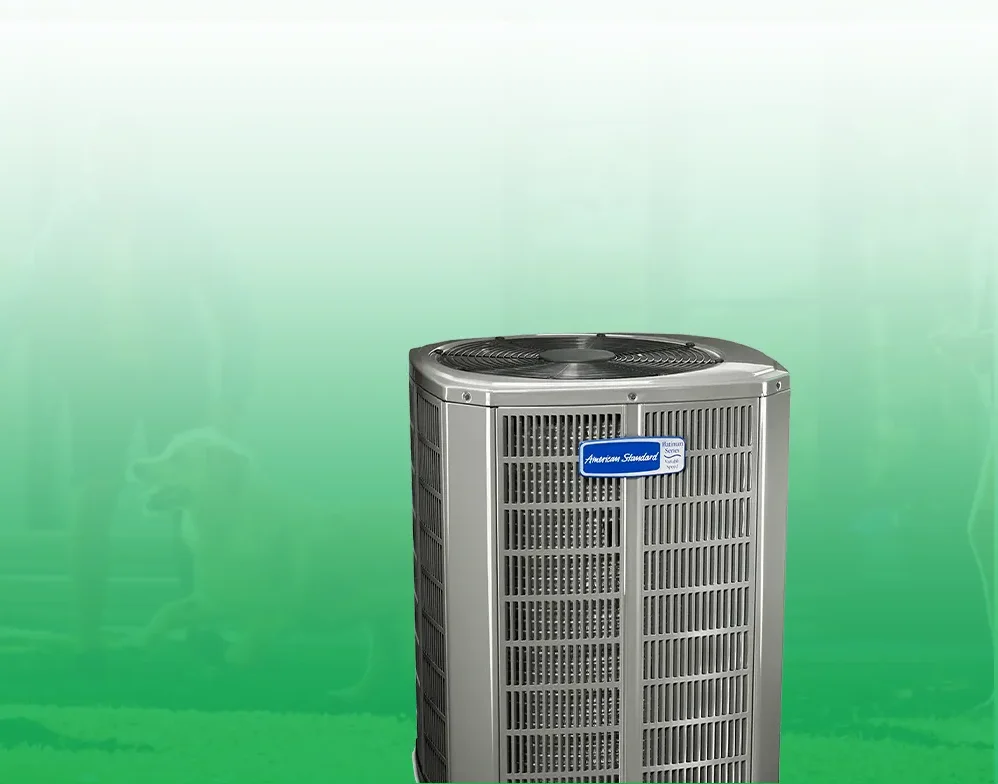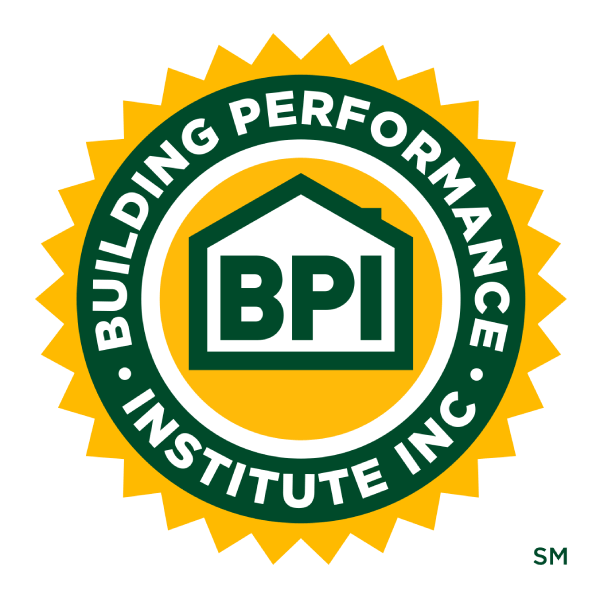At Horne HVAC Charlotte, we recognize the importance of every component in your HVAC system, and air ducts are no exception. Air ducts are the unsung heroes of your HVAC system, playing a crucial role in maintaining indoor comfort and air quality. Understanding their function, location, and maintenance needs can help ensure your HVAC system operates efficiently and effectively.
What are Air Ducts?
Air ducts are a network of conduits that distribute conditioned air throughout your home. They are essential for transporting warm or cool air from your HVAC system to different rooms, ensuring a consistent and comfortable indoor environment.
Air ducts can be made from various materials, including sheet metal, fiberglass duct board, or flexible plastic and metal composites, each offering different benefits for specific applications.
Location of Air Ducts
Air ducts are typically installed within your home’s walls, ceilings, and floors. They are designed to be out of sight to maintain the aesthetic of your living spaces while efficiently distributing air. The duct system consists of two main parts: the supply ducts, which deliver conditioned air to rooms, and the return ducts, which carry air back to the HVAC system to be reconditioned and recirculated.
Function of Air Ducts
The primary function of air ducts is to transport conditioned air from your HVAC system to the various rooms in your home. Here’s how they work:
- Air Distribution: Once your HVAC system conditions the air (heats or cools it), the supply ducts transport it to different areas of your home. Vents or registers at the end of these ducts release the air into each room, providing the desired temperature and airflow.
- Air Return: Return ducts collect air from different rooms and return it to the HVAC system. This air is then filtered, reconditioned, and redistributed. Return vents are typically larger and are strategically placed to ensure efficient air circulation throughout your home.
- Air Quality: Properly functioning air ducts help maintain indoor air quality by ensuring that air is evenly distributed and free from contaminants. Clean and well-maintained ducts prevent the spread of dust, allergens, and other pollutants.



















